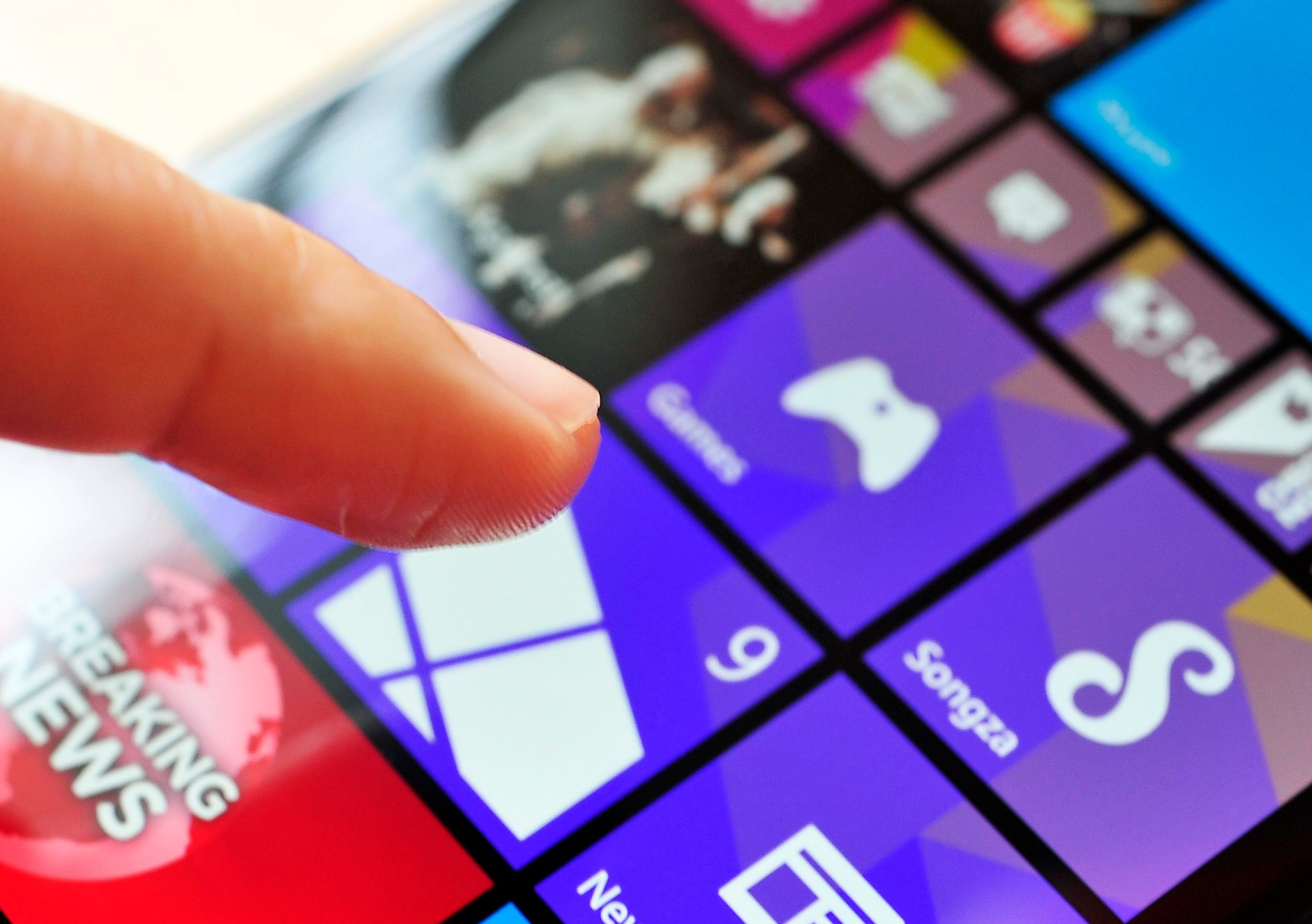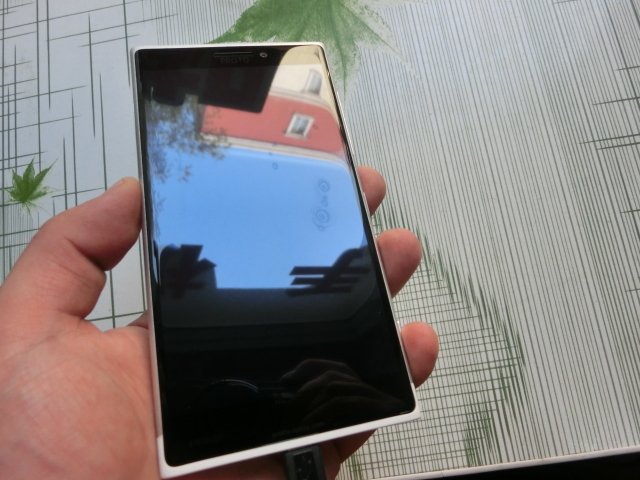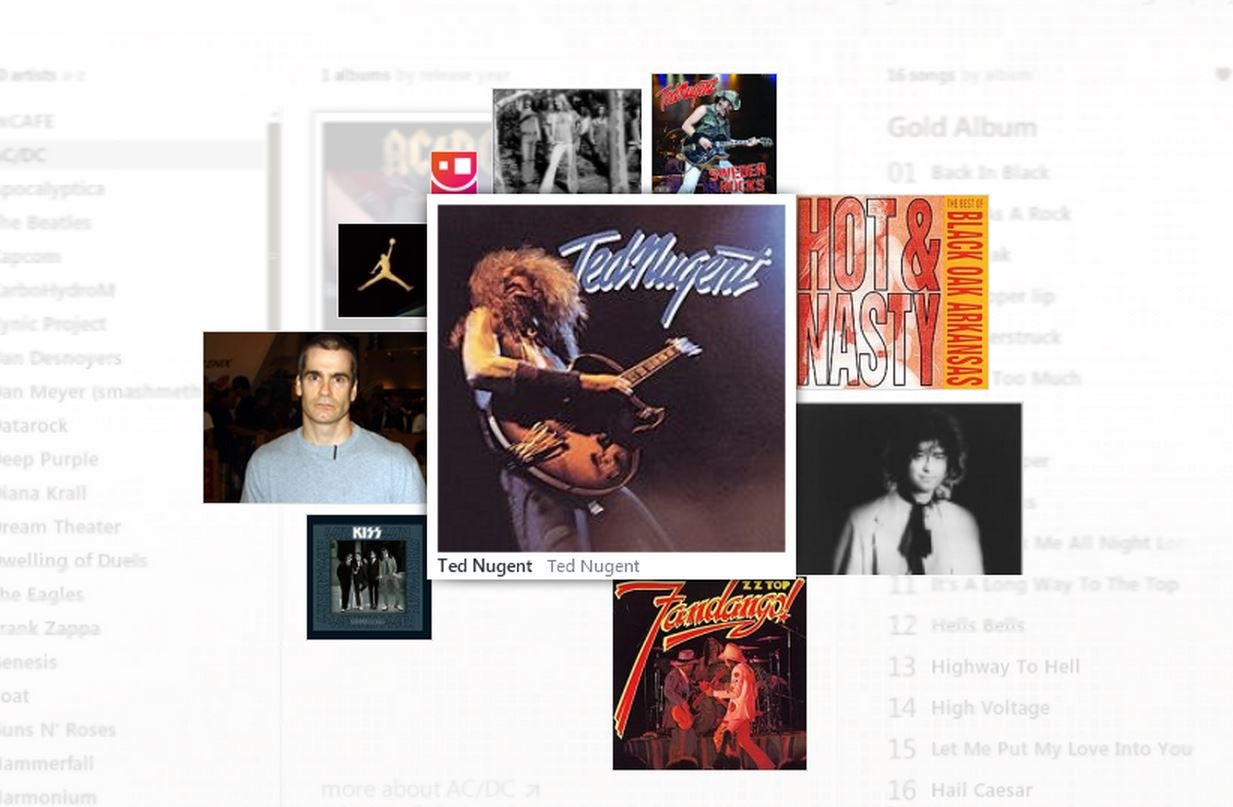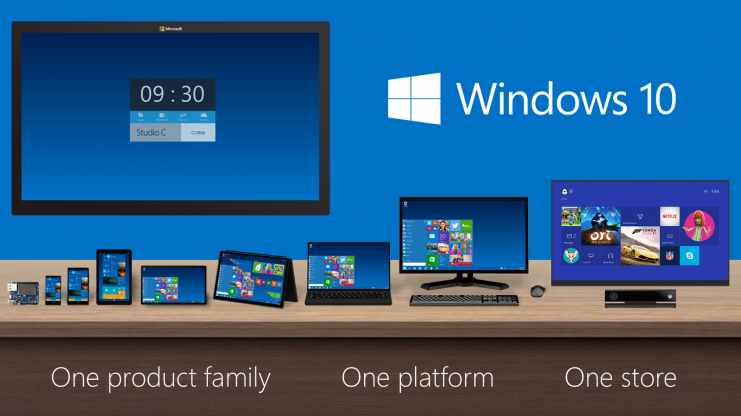Microsoft's new 'exploding' Live Tiles to launch with Windows 10 for Phone

Windows 10 for Phone to have innovative Mixview Live Tiles
When it comes to Windows 10 on PC, much is already known in terms of enterprise design and features. After all, there is a public preview of Windows 10, which is downloadable to any laptop or PC right now. Still, the consumer end of Windows 10 is mostly a mystery at this time. Microsoft reportedly will detail more on that facet early next year.
Another unclear aspect is in regards to the Windows Phone UI. Although Windows 10 spans across PC, laptop, tablet, phone and even the Xbox One, it is not clear what, if any, changes it brings to the Start screen, especially on the phone.
Windows Central has been able to confirm with multiple sources that 'flyout tiles', also known as Mixview, will return to Windows Phone. Such a feature is returning because the concept was originally designed for the 3D Touch system that was to premiere with 'McLaren'.

The cancelled 'McLaren' prototype Windows Phone was to have 3D Touch
McLaren was the codename for the new flagship Windows Phone set for release for fall 2014 before it was abruptly cancelled this past July. (A prototype of that phone was recently spotted as confirmed on Twitter by The Verge's Tom Warren).
At the time, Windows Central noted that although McLaren as a device is dead in the water, various aspects of the 3D Touch system would continue. Exploration into next-generation UIs and interaction paradigms is something that Microsoft is always working on in their Research division. Evidently, Microsoft has seen flyout tiles as something that could be used even without 3D Touch.
Flyout tiles and Mixview
From our original reporting in June on Mixview, we described the new Tile design this way:
All the latest news, reviews, and guides for Windows and Xbox diehards.
"Imagine a Tile on your Start screen, as your finger hovers above the Tile, it wiggles a bit, giving you a visual indication that you are giving focus to the element. When pressing down in the air (without touching the Tile) it "explodes" into many smaller Tiles, up to eight with varying sizes and each revealing custom content from that app. For example, a contact's Tile could display their phone number, the last email, a text message, photos, etc."
It should be noted that such a system was describing the now-defunct 3D Touch gesture system. That iteration of the Start screen was to debut with Windows Phone 8.1 GDR2 on the now-cancelled McLaren Windows Phone.

The original Zune Mixview
Interestingly, Microsoft's original conception for Mixview can be observed in the Zune music software, seen above. Once again, it appears Microsoft is building off legacy design principles.
Fast-forward to late 2014 and although 3D Touch is not something currently in the works (to our knowledge), the Mixview UI is alive and well. A person familiar with the matter recently described to us the current recapitulation of Mixview running on a Lumia 830:
"…you can select the Facebook tile, just press for a second in a special part of the tile, and three new tile come on top of it, showing you notifications, messages, etc. You later press somewhere outside the Facebook tile, and it goes back to normal. It gives a new meaning to the whole "live tile" thing. I assume the Facebook feature is only a hint of the many uses this new feature could have, such as controlling music and messaging apps."
Update: Reportedly, the "special part of the tile" refers to an ellipsis graphic near the bottom right corner. Taping this reveals smaller, actionable tiles.
The above description matches our other sourced reports of what Microsoft is experimenting with for Windows 10. Windows 10, however, is not expected to launch until mid-2015 (at the earliest) and presumably much can change between now and its final release. We have to wait and see if Mixview makes the cut.

Evolving the Live Tile
Microsoft's Live Tile system is, arguably, one of its strongest assets in terms of OS design. While Android and iOS are still sticking with rows of icons for apps, Microsoft's Live Tiles stand out as a viable and interesting alternative. The question of 'where do we go from here?' is certainly a reasonable question, and Microsoft appears to have an answer with these purported flyout tiles.
Regardless, it should be clear that there is stil much to learn about Windows 10, including core aspects of design, interaction and new features. Assuming Microsoft fills in some of these knowledge gaps early next year, Windows Phone users will at least have something tangible to look forward to until its release.

Daniel Rubino is the Editor-in-chief of Windows Central. He is also the head reviewer, podcast co-host, and analyst. He has been covering Microsoft since 2007 when this site was called WMExperts (and later Windows Phone Central). His interests include Windows, laptops, next-gen computing, and wearable tech. He has reviewed laptops for over 10 years and is particularly fond of 2-in-1 convertibles, Arm64 processors, new form factors, and thin-and-light PCs. Before all this tech stuff, he worked on a Ph.D. in linguistics, performed polysomnographs in NYC, and was a motion-picture operator for 17 years.
